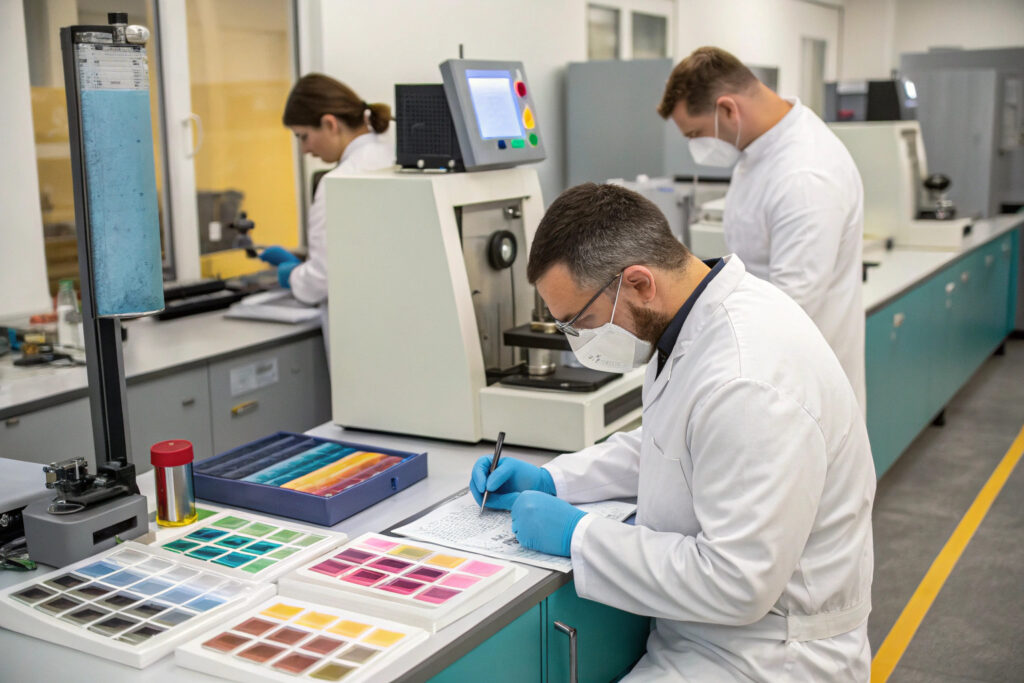Nothing diminishes a premium designer mask's appeal faster than colors that bleed, fade, or transfer after the first wash. For fashion-forward masks where visual impact drives purchasing decisions, colorfastness isn't just a quality metric—it's essential to maintaining brand reputation and customer satisfaction. Understanding proper colorfastness testing helps ensure your designer masks maintain their vibrant appearance through repeated wear and cleaning.
Colorfastness in printed designer fabric masks is tested through standardized laboratory methods that simulate washing, rubbing, perspiration, and light exposure to measure color retention and transfer resistance. These tests verify that prints withstand real-world conditions without bleeding, fading, or staining other surfaces, ensuring masks maintain their designer appeal throughout their lifespan.
The testing process goes beyond simple visual inspection to provide objective, measurable data about how colors will perform under various stressors. Let's examine the specific testing methodologies that ensure your designer masks deliver both aesthetic appeal and durable performance.
What Laboratory Tests Verify Wash Colorfastness?
Washing represents the most significant threat to printed designs, making comprehensive wash testing essential for predicting real-world performance.
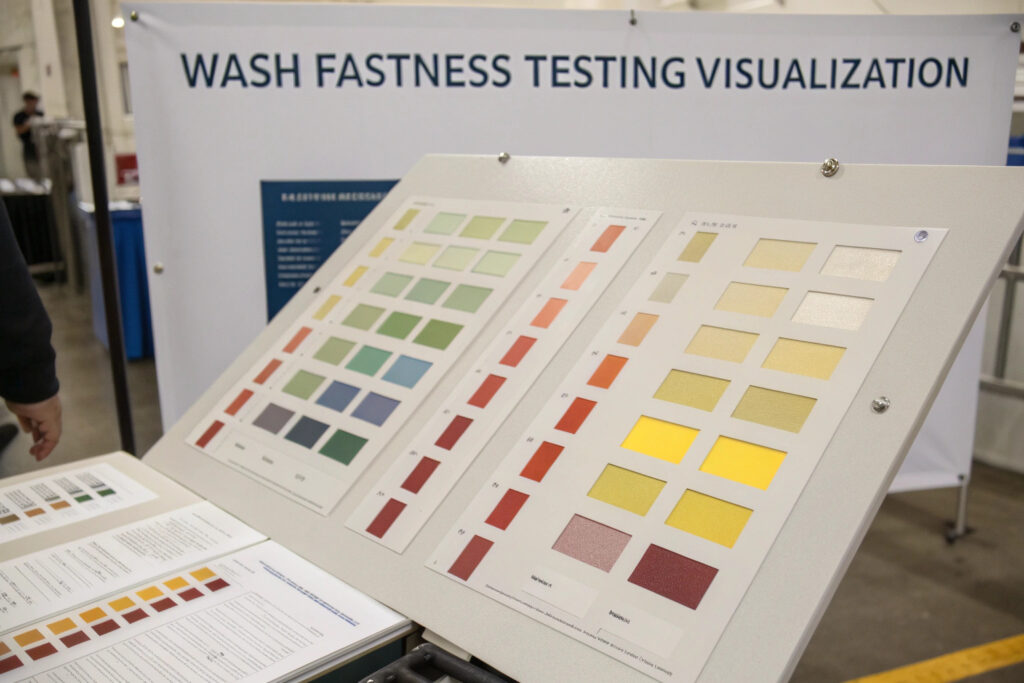
How does the ISO 105-C06 test work?
The ISO 105-C06 test simulates domestic or commercial washing by agitating fabric samples in a solution containing standard detergent and abrasive steel balls at controlled temperatures. After multiple cycles, technicians measure color change using a spectrophotometer and evaluate staining on adjacent white fabric using the Grey Scale for Staining (where 5 represents no color transfer and 1 represents severe transfer). For designer masks, we require a minimum rating of 4 for color change and 3-4 for staining to ensure designs withstand regular cleaning.
What about real-world validation testing?
While standardized tests provide comparable data, supplementing with real-world simulation testing offers practical validation. This involves subjecting production samples to actual washing machines using the care instructions that will accompany the masks. After 5, 10, and 25 wash cycles, we evaluate not just color retention but also print integrity, fabric hand feel, and overall appearance. This approach has helped us identify issues like pigment cracking or binder migration that standardized tests sometimes miss.
How Is Rubbing Colorfastness Measured?
Color transfer through friction—whether from adjusting masks, contact with clothing, or everyday handling—can ruin both the mask appearance and other surfaces.
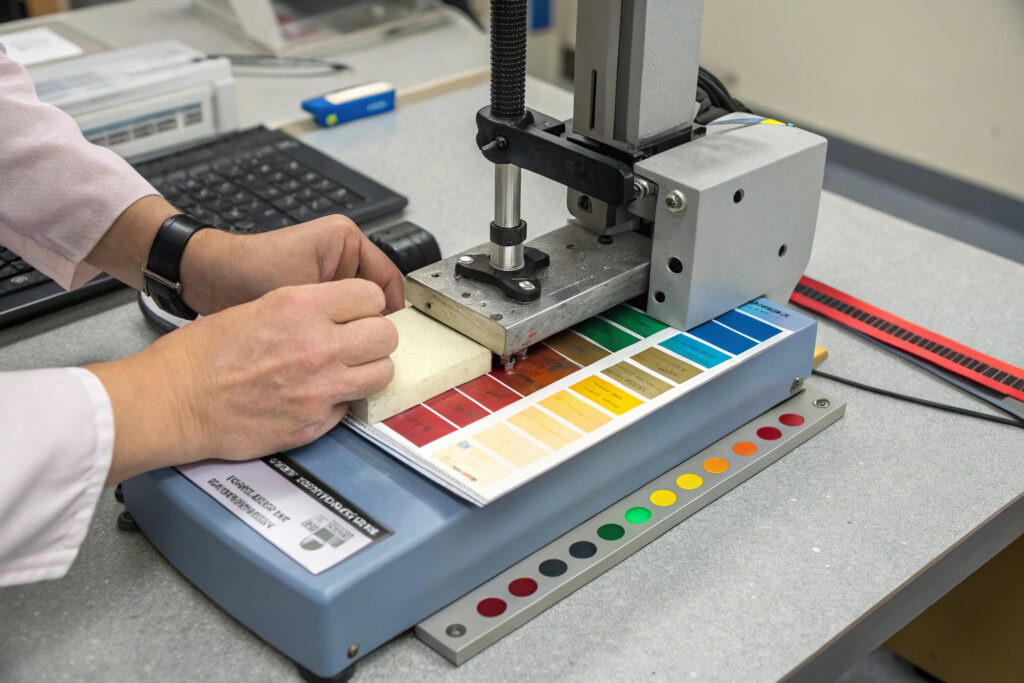
What does the crockmeter test evaluate?
The crockmeter test (ISO 105-X12) uses a standardized mechanical device that rubs white test cloth against printed fabric with controlled pressure and strokes. Both dry and wet rubbing tests are conducted, as moisture often exacerbates color transfer. The transferred color on the white cloth is then evaluated against the Grey Scale, with ratings from 5 (no transfer) to 1 (severe transfer). For designer masks where frequent face touching occurs, we require minimum dry crocking ratings of 4 and wet crocking ratings of 3-4.
How is perspiration colorfastness tested?
Since masks are worn against skin in various conditions, perspiration fastness testing (ISO 105-E04) evaluates color stability when exposed to artificial acidic and alkaline perspiration. Samples are saturated with test solutions, placed under specified pressure, and incubated at body temperature. This test is particularly important for masks with prints along the interior edges or where the design contacts skin directly. Failure here can lead to colors transferring to skin—an obvious concern for consumer safety and satisfaction.
What Lightfastness Standards Apply to Designer Masks?
While masks don't face continuous sun exposure like outdoor textiles, they still require lightfastness testing for situations like outdoor wear, car storage, or retail display.
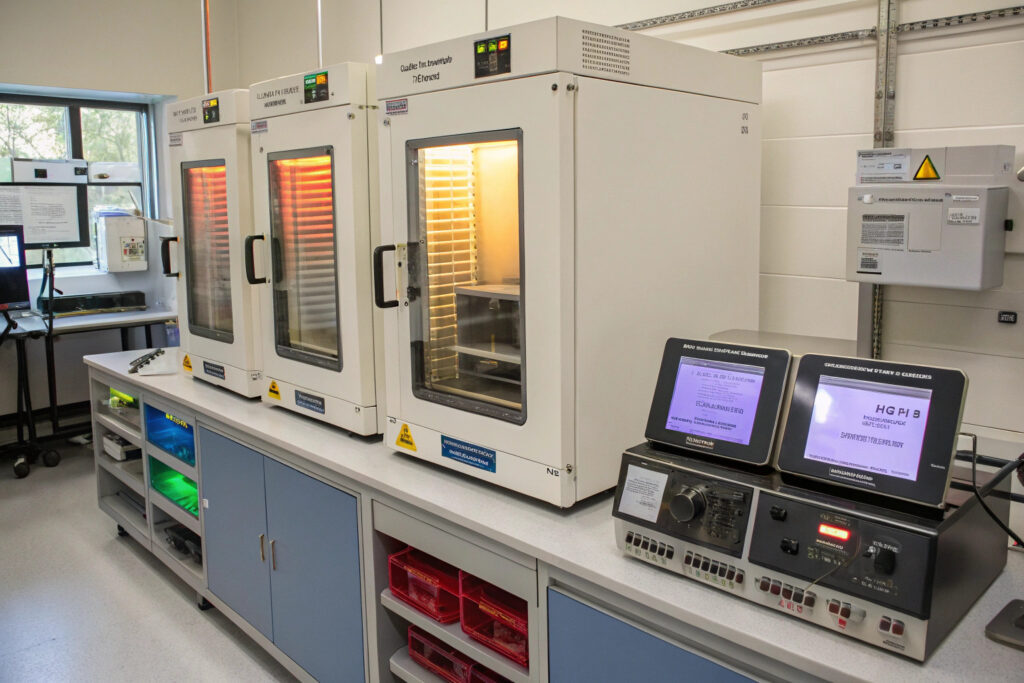
How does xenon-arc testing simulate sunlight exposure?
Xenon-arc testing (ISO 105-B02) exposes printed samples to intense light that mimics full-spectrum sunlight, accelerating years of exposure into days or weeks. Samples are rotated continuously to ensure even exposure, with temperature and humidity controlled to standard conditions. Color change is measured at intervals, typically after 20, 40, and 80 hours of exposure, equivalent to approximately 6, 12, and 24 months of moderate sunlight exposure. For designer masks, we recommend a minimum of 4 on the Blue Wool Scale after 40 hours exposure.
Why is retail display lighting considered?
Masks displayed in retail environments face continuous exposure to store lighting conditions that can cause noticeable fading before products even reach consumers. We conduct supplemental testing under typical retail lighting (especially LED and fluorescent) to identify colors particularly susceptible to these conditions. This has helped clients avoid embarrassing situations where display models fade significantly before selling, creating mismatches between displayed and packaged products.
How Are Testing Standards Selected for Different Markets?
Colorfastness requirements vary by region and market segment, requiring tailored testing approaches for different distribution strategies.
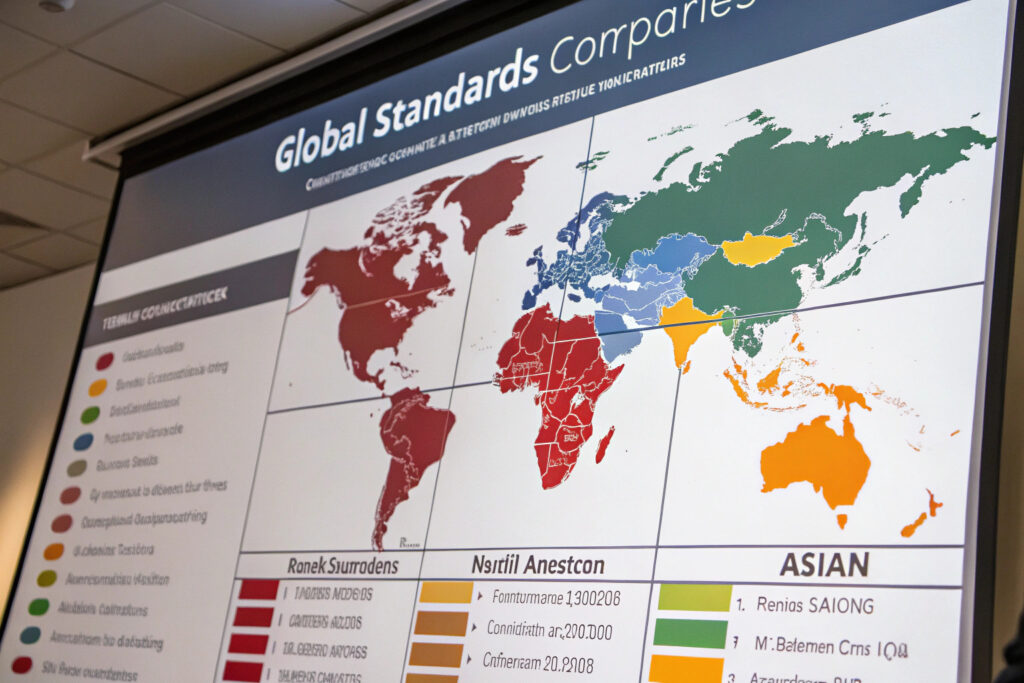
What regional standards differences exist?
The European market typically follows ISO standards with particularly stringent requirements for ecological labels like OEKO-TEX®. North American retailers often reference AATCC test methods with their own grading scales, while Asian markets may follow GB standards for domestic products. Understanding these differences is crucial for brands distributing globally. Our testing laboratory maintains accreditation for multiple standard systems, allowing us to provide the specific testing evidence required for each target market.
How do premium versus standard market requirements differ?
Premium and designer markets typically enforce stricter colorfastness requirements than basic commodity products. Where a standard mask might require wash fastness of 3-4, designer masks often need 4-5 to justify premium positioning. Additionally, premium products often undergo more comprehensive testing including multiple wash temperatures, different detergent types, and extended testing to 25-50 cycles rather than the standard 5-10 cycles. This rigorous approach ensures designer masks maintain their visual appeal throughout their expected lifespan.
What Common Printing Methods Have Different Testing Considerations?
The printing technique used significantly influences colorfastness performance and appropriate testing methodologies.
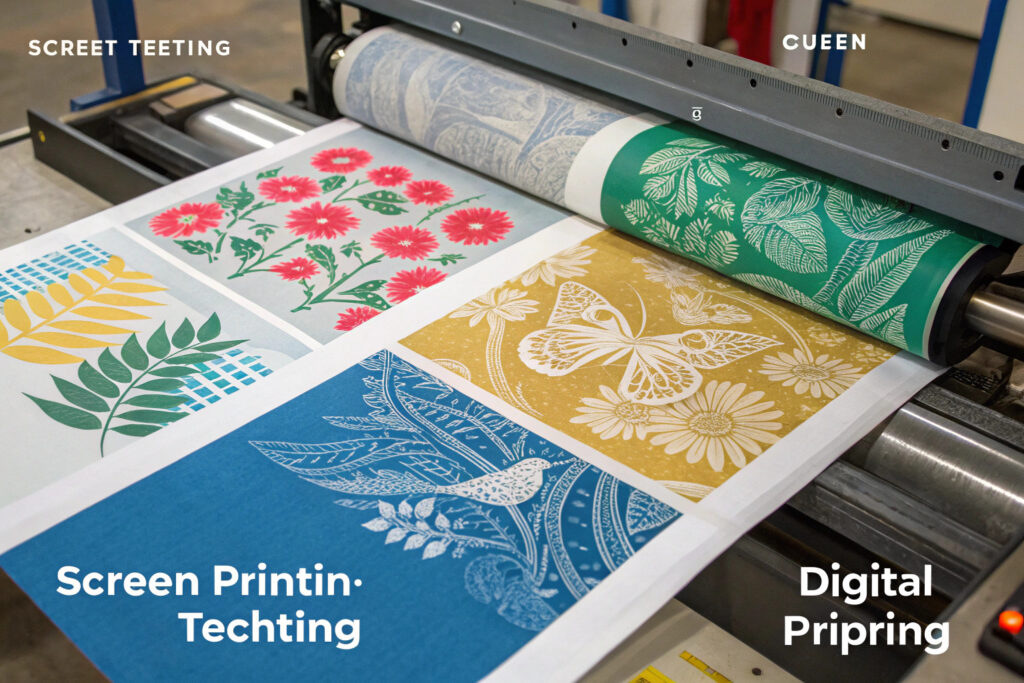
How does screen printing performance vary?
Screen printed designs using plastisol inks typically excel in rub fastness but may struggle with wash fastness if not properly cured. Testing focuses heavily on crocking resistance and wash durability, with particular attention to curing verification through stretch testing. Properly cured screen prints should withstand significant stretching without cracking—a key indicator of durability. Our quality control includes microscopic examination of prints to detect under-curing before it becomes a customer-facing issue.
What about digital and sublimation printing?
Digital printing offers photographic quality but requires careful testing for wash fastness, as some pigment systems can wash out without proper fixation. Sublimation printing typically demonstrates excellent wash fastness since dyes penetrate fiber structures, but lightfastness can be a concern for certain colors. We've developed specialized testing protocols for each printing technology that address their characteristic failure modes while verifying they meet our stringent colorfastness standards.
Conclusion
Testing colorfastness in printed designer fabric masks requires a comprehensive approach that simulates real-world conditions through standardized laboratory methods. From wash fastness and rubbing resistance to light exposure and perspiration, each test provides crucial data about how designs will maintain their visual appeal through the product's lifespan. Understanding these testing methodologies helps brands select appropriate printing techniques, establish realistic quality standards, and ensure their designer masks deliver the durable aesthetic appeal that justifies premium positioning.
Ready to ensure your designer fabric masks maintain their vibrant appearance through repeated wear and cleaning? Contact our Business Director, Elaine, at elaine@fumaoclothing.com to discuss our comprehensive colorfastness testing protocols and printing expertise. We'll help you create masks that look as good after multiple washes as they do when first unpacked.

